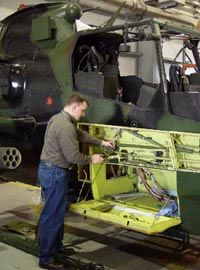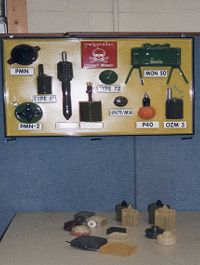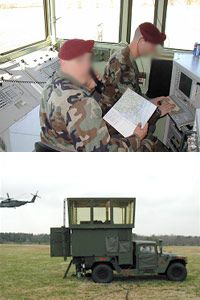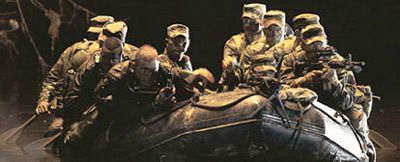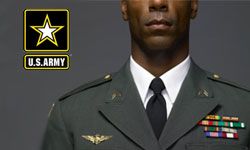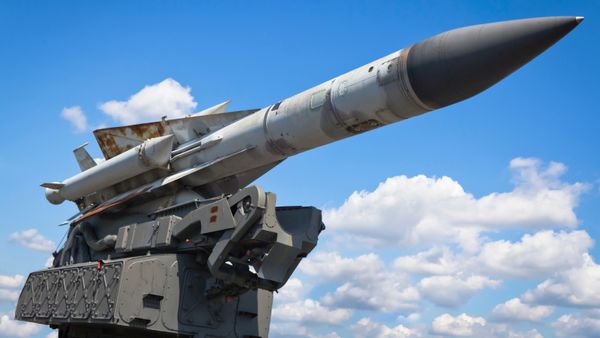One of the biggest challenges facing all branches of the armed forces is that it can be hard to know what gear to take when deploying for a distant assignment. Military personnel may discover that their jobs would be easier if only they had a special kind of equipment that just doesn't exist. Fortunately for the U.S. armed forces, there's an organization dedicated to fulfilling these kinds of wishes: the Prototype Integration Facility (PIF).
The PIF is a Government Owned, Government Operated (GOGO) facility that officially opened its doors in 2002 inside the Army post of Redstone Arsenal, Ala. It's under the jurisdiction of a special office in the U.S. Army called the Aviation and Missile Research Development and Engineering Center (AMRDEC). In turn, AMRDEC is subordinate to the Army's Research, Development and Engineering Command (RDECOM) division. These organizations are technological think tanks -- they develop new equipment and systems to give the U.S. military the advantage in the field.
Advertisement
The PIF grew out of two other organizations: the Prototype Engineering Directorate (also known as Skunk Works) and the Engineering Analysis Prototype Lab (EAP Lab). Skunk Works concentrated on mechanical prototypes and the EAP Lab created electrical prototypes. But these two groups were independent, autonomous, located in different facilities and rarely worked together. As projects became more complex, the Army recognized the need to create an organization that could incorporate both mechanical and electrical prototyping capabilities into one facility. The merger wasn't smooth -- the two groups had very different cultures. But they now work together as a cohesive group on projects.
The PIF fills a very specific niche. Its mission is to serve as a rapid response unit. That means when an Army project recognizes a need for a particular solution, the project manager can work with the PIF to create what the project needs. Sometimes, the PIF does this all in-house. In other cases, the PIF partners with other governmental agencies or even private businesses to meet the needs of its customers. In the end, the PIF's goal is to produce results as quickly as it can for the lowest possible cost.
It's important to note that the PIF focuses on prototypes rather than mass manufacturing. The facility builds and modifies equipment for very specific uses. Should that equipment prove particularly helpful, the Army could consider looking into a mass-produced version built by a different facility.
Let's take a closer look inside the facility.
Advertisement

